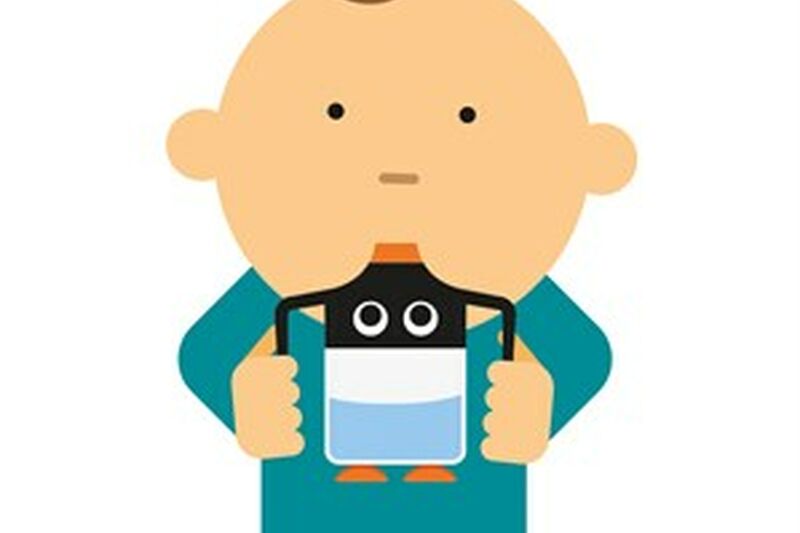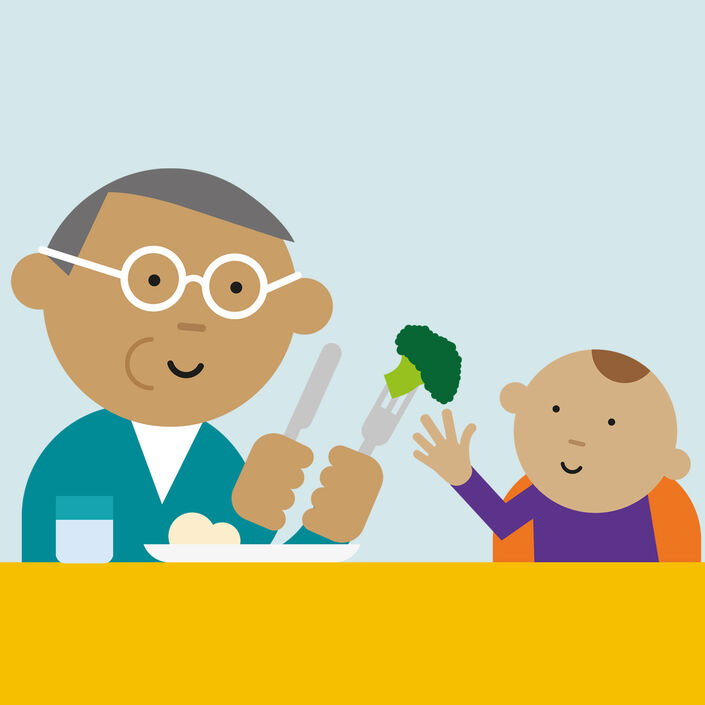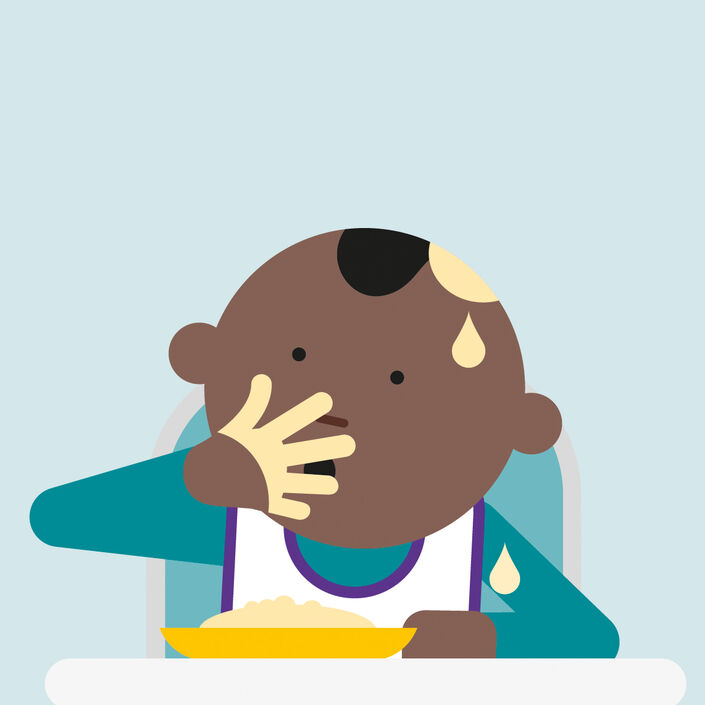Other drinks
Babies who are fully breastfed don't usually need any extra drinks before six months corrected age at the earliest.
Soon after you start weaning, you can offer your baby tap water which should be boiled and allowed to cool (test the temperature before you offer it). After six months corrected age, you do not need to boil the water.
First Steps Nutrition have a useful flyer about water guidance for babies (PDF).
It is best to give your baby only milk or water. Avoid giving other drinks such as, tea, coffee, juices, or sweetened or fizzy drinks.
Sugary drinks are not nutritious and can reduce your baby’s appetite for more nutritious food; it can also be bad for their teeth.
It’s important for your baby to learn how to drink from a cup or beaker. You can start to offer one at mealtimes, at around six months corrected age.
Babies will continue to breastfeed or have milk in a bottle during weaning, but a cup can be introduced alongside breast or bottle feeding.
For your baby to learn to drink from a cup, it is best to offer them an open cup or a “free flowing” lidded beaker. These are ones where the drink pours out freely if you turn them upside down.
Cups and beakers which have valves to stop any spills require your baby to suck in much the same way as when bottle feeding. This means that they don’t help your baby to develop the skills needed for drinking from a cup.


